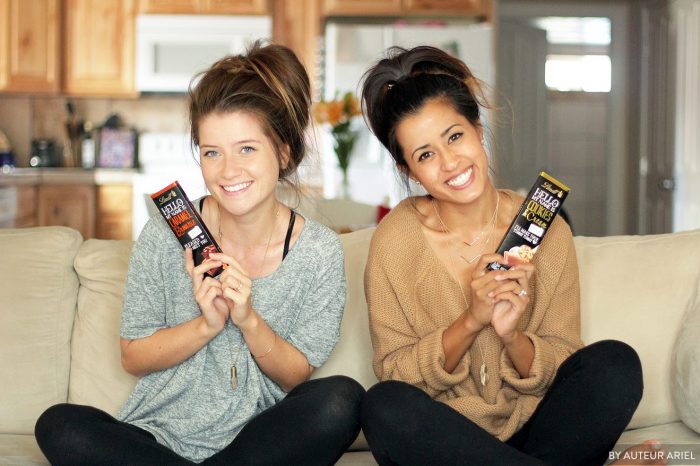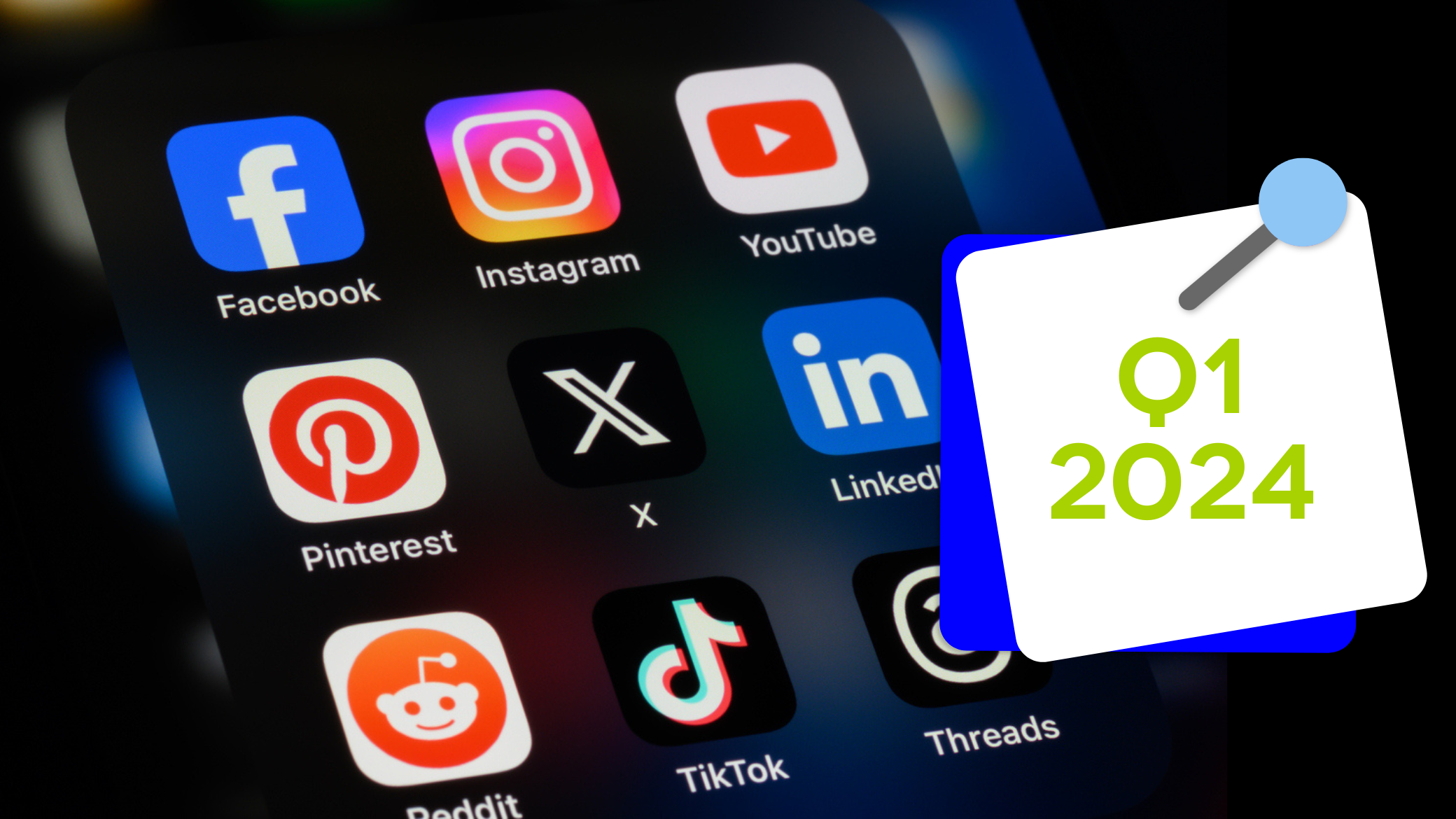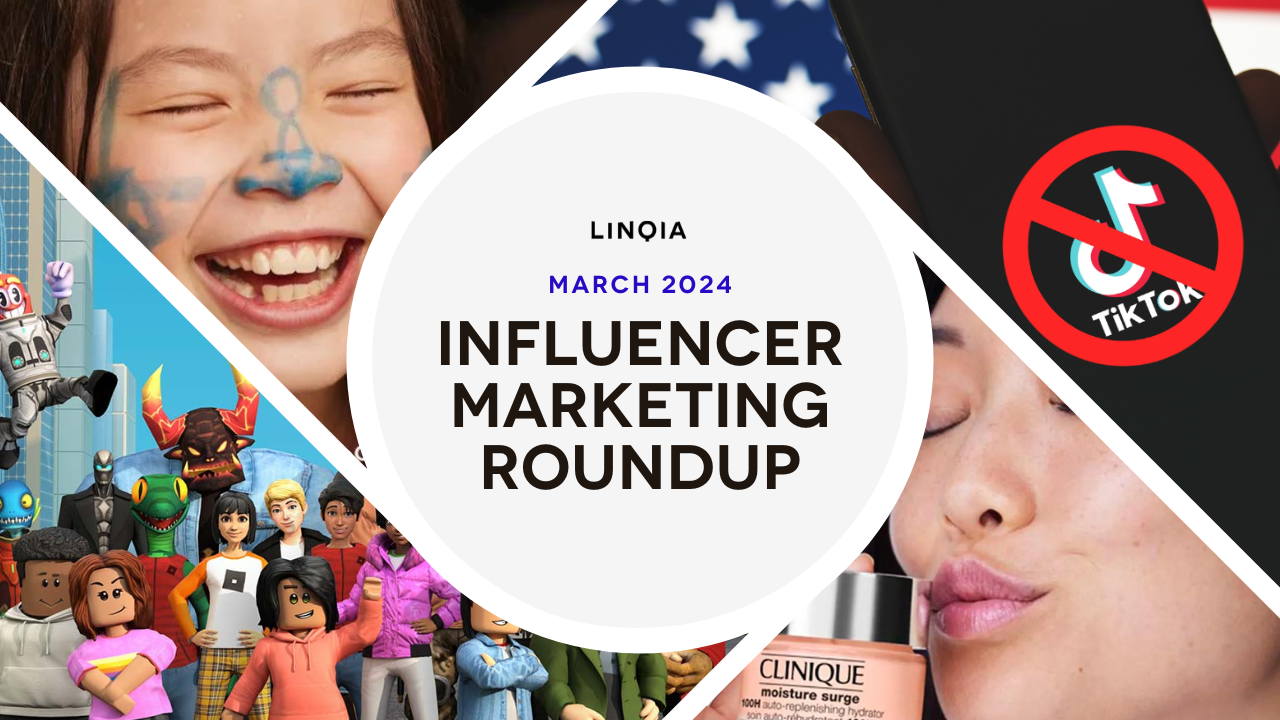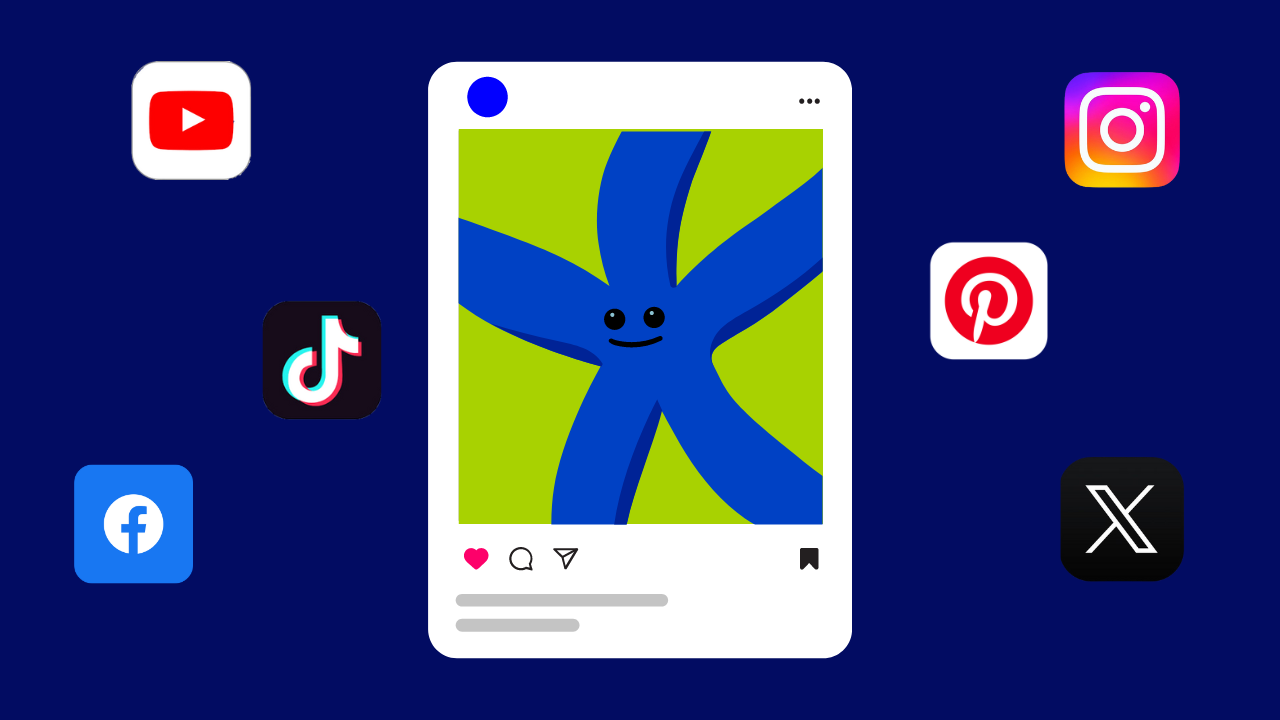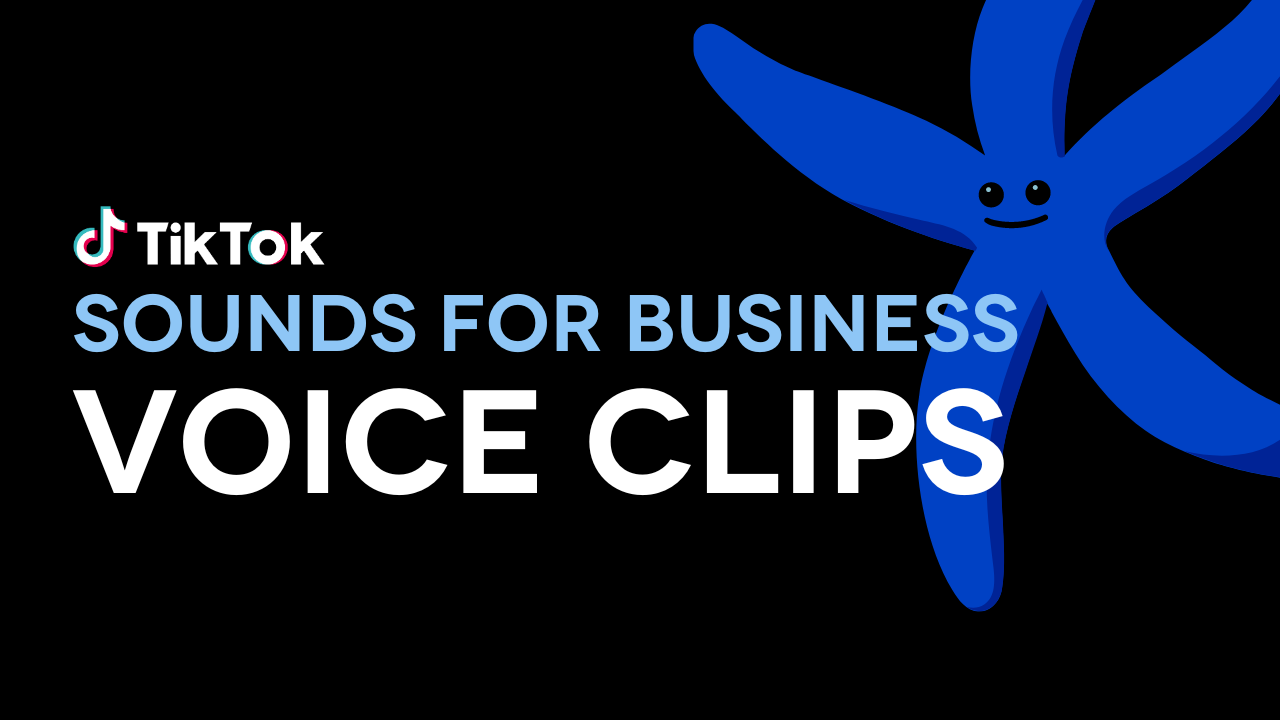Influencer marketing, deemed “the next big thing” by AdWeek, is hitting full stride in 2016.
75% of marketers currently use influencer marketing and 59% of marketing professionals plan to increase influencer budgets in the next 12 months, according to a study by Tomoson.
We live in a world where word of mouth marketing holds much more purchase influence than traditional advertising. For example, fewer than 3% of Millennials trust TV news, magazines, and books, compared to 33% who rely mostly on blogs to guide their purchasing decisions. It’s no wonder global brands like Nestle, Walmart, and Anheuser-Busch consider influencer marketing programs an essential part of the overall marketing budget.
Influencer marketing has become an undeniable part of a modern marketing mix for five important reasons:
- Combats Ad Blocking
Ad blocking adoption in the U.S. is up nearly 50%, equalling $21.6 billion lost in blocked ad revenue in 2015. Pop-up, pre-roll, and other “disruptive” methods of digital advertising do not work anymore (if they ever did). And with Adobe’s projection of 41% year-over-year growth in global ad blocking adoption, it will continue to cause problems for brands looking to reach their target audiences.
To combat ad blocking, many brands are turning to influencer marketing as an effective alternative. Influencer created content will not be blocked by apps and is inherently different from digital display ads in that it (ideally) provides entertainment or solicited informational value. Because the audience does not feel targeted, they are more likely to engage with the sponsored content rather than quickly clicking to exit.
- Reaches the Unreachables
Traditional print and television advertisements have struggled reaching the “unreachable” audience of Millennials and the generation under them. This comes as no surprise since 84% of Millennials said they do not like advertising, period. However, the few voices they do listen to belong to their personal connections. 56% of Millennials believe that news and posts shared by friends on social media are more trustworthy than brand websites or advertising, according to a poll by the McCarthy Group.
To reach the so-called “unreachables,” brands have adopted influencer marketing as it thrives on social media, forums, and blogs. Successful influencer marketing campaigns give brands a vehicle to reach the coveted younger generations through creating sponsored content the audience can trust. A Mintel study found that “consumers are likely more trusting of reviews when they believe that they share similar qualities with the reviewer.”
- Affordable Price Tag
Many marketers mistakenly believe that working with influencers means shelling out upwards of $2,500 for a single post or video and personally managing all influencer relationships inhouse. This is true only if you choose to work with “mega-influencers” or influencers with over 100,000 followers. Mega-influencers are a notch below celebrity influencers and include well-known YouTube stars like Michelle Phan or Zoella.
Smart marketers understand the influence of the “the power middle” – those with audiences of 10,000 to 250,000. Power-middle influencers are much more affordable individually and usually have more engagement with their audience than mega-influencers. And as seasoned marketers know, when it comes to persuasion and purchase, engagement is much more effective than the vanity metric of reach.
- Scalable for the Enterprise
Brands that run successful influencer marketing programs and power-middle influencers are almost always affiliated with one or more influencer marketing platforms. These platforms are built to handle the most time consuming parts of an influencer program – selection and outreach – empowering you to take your influencer programs from a handful of influencers to hundreds.
Scalability is key for brands looking to successfully implement influencers into their marketing strategies. The right influencer marketing platform includes reporting and insights so you can easily track and prove ROI with each program. Look for a platform that provides detailed goal metrics throughout your campaigns as well as valuable insight to use in future programs.
5 . Lives Up to the Hype
Some veteran marketers are concerned that influencer marketing is just hype. In an ANA/PR Council study, 14% of respondents said they believed influencer marketing to be “overhyped” and unlikely to last. Numerous studies and countless successful influencer marketing programs prove these marketers to be in the minority. Influencer marketing will continue to thrive because of one important fact: people don’t trust brands. In fact, research shows that only 15% of Americans (and 10% of Europeans) trust posts by brands on social media versus the 92% of consumers who turn to people they know or trust for referrals.
At the end of the day, people trust people. This simple notion is the reason influencer marketing is here to stay. If you’re part of the 25% of marketers who are not using influencer marketing today, it’s time to reevaluate your business strategy. The people have spoken – it’s time to listen.
